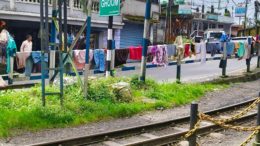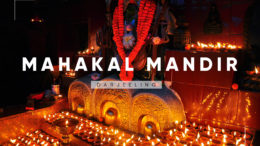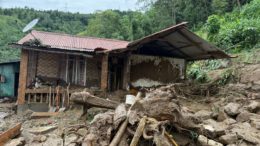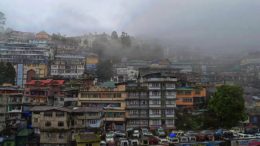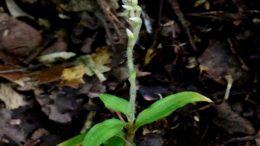Darjeeling’s case is not an isolated one. Its problems are visible from Kashmir in the western Himalayas to Sikkim in the eastern Himalayas. From Nepal’s Melamchi to Uttarakhand’s Joshimath, the trend repeats itself across the Himalayas.
In Shimla, hotels collapsed during the 2023 monsoon. In June this year, Gangtok and Sikkim’s Teesta valley, cloudbursts tore apart dams and towns. On the other side of the border in Nepal, flooding of the Melamchi valley, which was compounded by unchecked construction, entombed homes and land in mud and slush. From Manali to Mustang, from Joshimath to Darjeeling, the cycle is the same: weak slopes, flouted laws, muffled voices.
What endures is the silence of the government and the tenacity of the common people.

